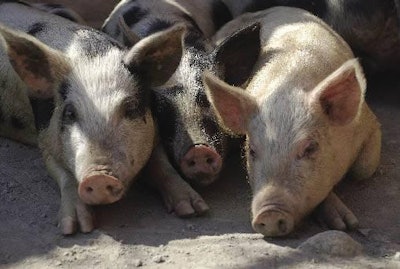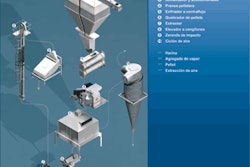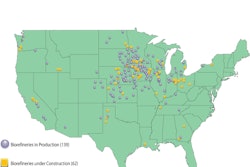
Our annual inspection of world sow numbers is always eagerly awaited, but this year more than ever it will be scanned closely for clues to a fundamental shift in the world's pig industries.
High production costs tend to have a greater impact on smaller, less efficient units. We know additionally from years of data that the larger breeding herds are more likely to stay in production rather than close down when the cost environment becomes difficult. Put these aspects together and you have the basis for a further saga of consolidation in terms of the number of producers with sows in each country.
Whenever this happens there is pressure on the national sow inventory as the small players disappear and the bigger ones take time to expand to replace them. There are few indications in the available data that this is one of those occasions. Sow numbers just about everywhere have stayed remarkably resilient in the face of the prices challenge.
Modest changes
Last year we concluded that stability rather than expansion was suggested by the latest figures for sows per country. That looks generally true also for 2007. The table below spells out how the numbers looked in the top 30 countries for breeding herd size. It is hard to find any place with a major reduction in sows, but equally difficult to detect anywhere showing great growth.
This Table represents the latest indication from our exclusive database on world sow numbers. It sets out the 30 countries we believe to have the largest sow populations and ranks them for size in 2007, with a guide to the changes in inventory they have undergone since the year 2000.
Breeding inventory trends (x 1000 sows) in 30 countries ranked for sow numbers in 2007.
In terms of position on the list, the most notable is the way in which countries of eastern Europe have slid downwards. See particularly the erosion of sow numbers reported for Romania, Hungary and the Czech Republic. It contrasts starkly with the signs of further growth in Latin America.
However, it must be emphasised that the data refer to sows and not to the number of breeding herds. The decrease or virtual elimination of backyard sow enterprises continues to re-draw the scene in many countries as piglet production is concentrated either into large individual herds or in networks and alliances.
The other aspect to take into account is that of sow productivity. More pigs reared per sow annually and more carcase weight per sow per year are facts of life with continuing improvements in management, housing, feeding and health control.




.jpg?auto=format%2Ccompress&fit=crop&h=167&q=70&w=250)












